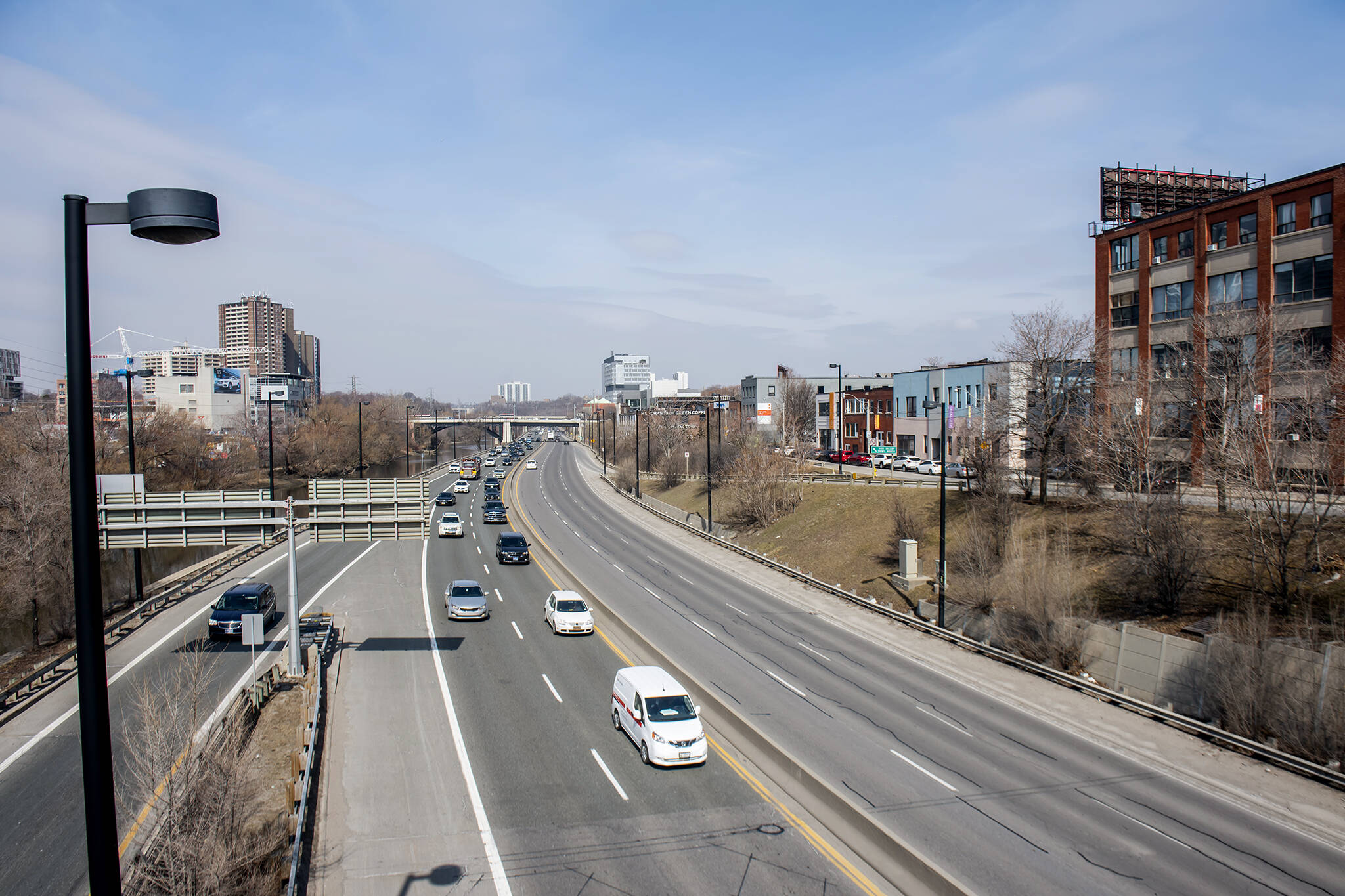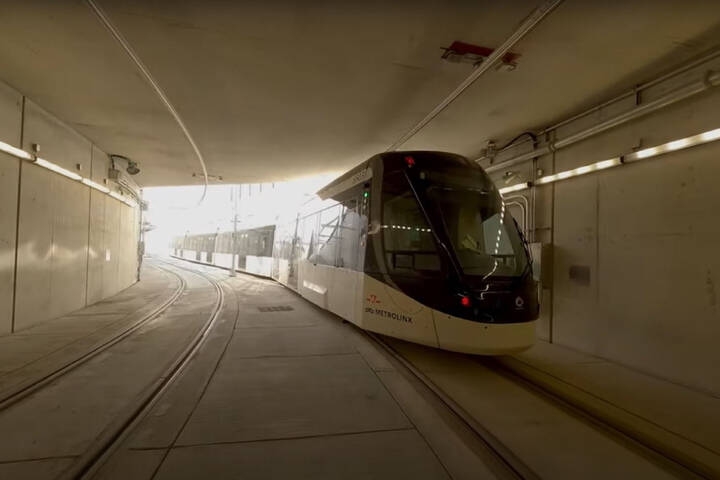
Ontario is making the emergency brake more severe and here's how it will work
Ontario's emergency brake is a unique provision that enables health authorities to take any given region out of any colour of the reopening framework and bring them back into the Grey-Lockdown zone if COVID numbers are trending in the wrong direction too drastically and/or quickly.
Since regions began reopening in early February, the brake has already been activated in Simcoe-Muskoka (though it was later reversed), Thunder Bay, Sudbury, Lambton County, and on Friday, Hamilton, bringing these regions into the strictest and most locked down category.
But, the government has just made a revision that will make the brake even more extreme, putting affected regions not just under grey zone measures, but under the even firmer restrictions the province implemented for all regions on Boxing Day with the full blanket shutdown.
“...or if its health system is at risk of becoming overwhelmed.” #onpoli
— Laura Stone (@l_stone) March 26, 2021
The change was announced on Friday, sandwiched between a slew of other news, such as the new permissions for grey zone reasons, including the reopening of businesses offering personal care services and the resumption of outdoor fitness classes and team practices.
The new version of the break can be activated immediately and at any time by Ontario Chief Medical Officer of Health Dr. David Williams in consultation with the medical officer of health of the region(s) in question if they "experience a rapid acceleration in COVID-19 transmission or if its health system is at risk of becoming overwhelmed."
If pulled for a region, it would mean that all of the new aforementioned sanctions in grey would no longer be allowed, and patios and non-essential retail stores would also have to close.
Residents would only be able to visit grocery stores, pharmacies, alcohol shops and other "essential" businesses, while all others would be limited to curbside pickup and delivery. Private indoor gatherings would also be banned, and outdoor gatherings would be limited to five people, down from ten in grey.
We’ll be in shutdown in Toronto before these beauty services can open up on April 12th. Absolute shambles!
— Yona Nestel (@yonanestel) March 26, 2021
The move is being made due to the new freedoms (and thus higher risk of transmission) in grey zones, which may necessitate even further locking down to get key health indicators under control if they are rising at a concerning rate and/or to a concerning extent.
Williams called it "an extra layer of protection" in a press release, adding that data has shown "some worrying trends throughout the province."
Numbers such as the case rate per 100,000 residents, the positivity rate among those tested, the reproduction factor of the virus, and number/severity of outbreaks, ICU capacity and contact tracing capacity will be taken into account when making such decisions, as they are when determining if a region should move to another coloured zone.
Generally, regions have a chance to progress to a more open zone of the framework every two weeks, but the emergency brake (and the reversal of it) is not subject to this timeline.
Hector Vasquez
Latest Videos
Latest Videos
Join the conversation Load comments







